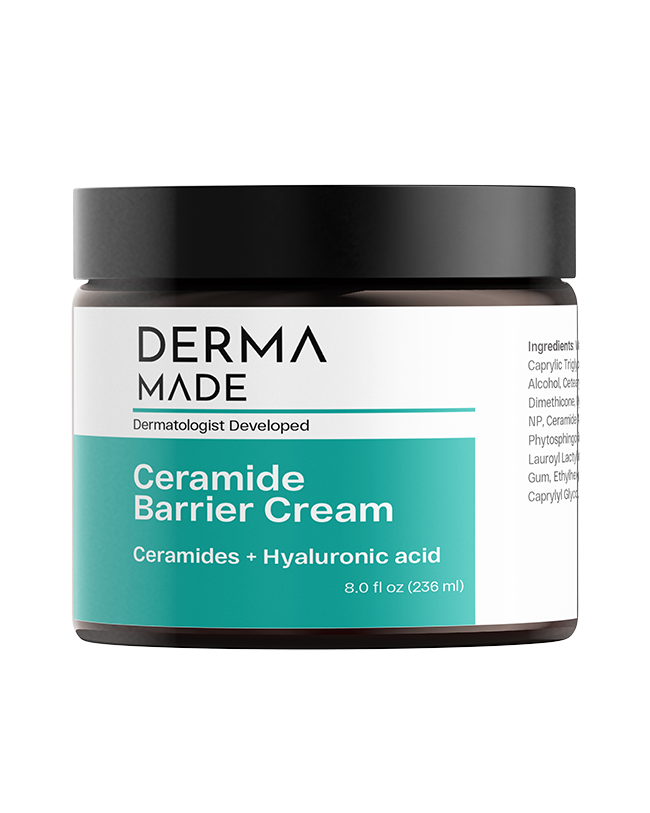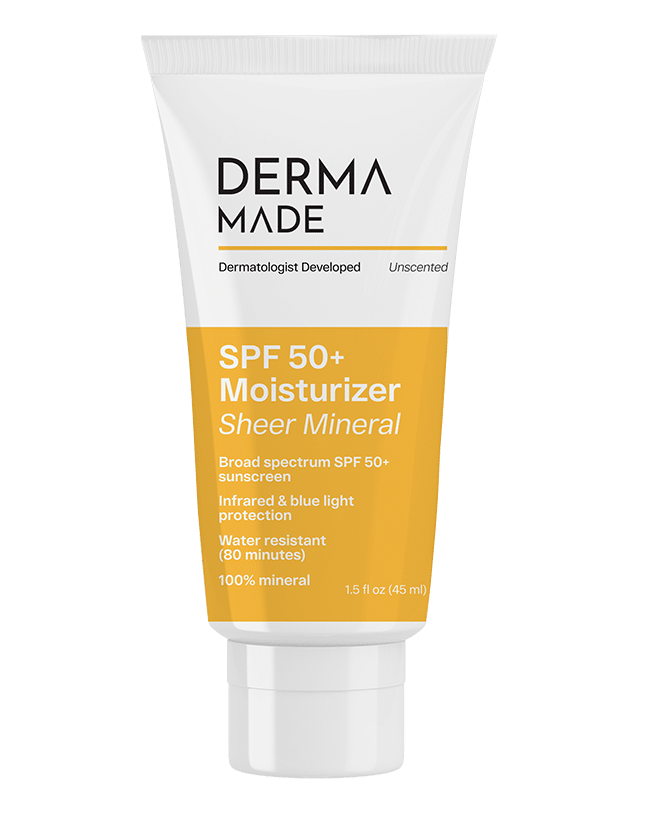When using clinically-proven skincare ingredients such as retinol, getting the best results, such as visibly firmer skin, only partially comes down to retinol itself. Making sure that you add retinol correctly to your skincare routine makes a noticeable difference in how soon the benefits of retinol show on your skin.
What Are The Benefits of Retinol?
Retinol is a powerful anti-aging ingredient. When applied to your skin, it’s able to prevent existing collagen from breaking down as quickly, as well as encourage your skin to produce more collagen1 naturally. Supporting your skin’s natural collagen levels is the best way to:
- Firm crepey skin
- Prevent premature wrinkles from forming
- Soften existing wrinkles
- Improve skin elasticity and density
- Smooth away fine lines
- Fade dark spots
However, there’s a right way to use retinol for best results. Retinol is a potent molecule that, to put it simply, gives your skin cells a whole new set of instructions to follow. However, in this process, retinol can cause mild irritation.
This irritation is clinically-observed2 in almost all studies about retinol, and only lasts for a short time. Plus, you can minimize it with the right retinol strategy for the best results. This mild irritation can appear as:
- Surface redness
- Peeling, flaking skin
- Dryness of skin
- Stinging on application
While this sounds uncomfortable, this adjustment period – called ‘retinization’ in scientific studies – typically lasts only up to 12 weeks3. With the right tips and techniques, we can minimize the dryness and irritation until then and maximize your skincare results.
How to Use Retinol: Top Tips for Best Results
Because retinol has that early irritation period, it’s essential to consider the best tips and techniques when adding this to your skincare routine.
Tip #1: The Sandwich Method
The sandwich method is a retinol skin care tip that works well to prevent irritation and dryness by adding extra moisture to your skin – here’s how to do it.
What you’ll need are a moisturizer and your retinol serum. First, apply a thin layer of your moisturizer, then use your retinol, then another layer of moisturizer.
I know what you’re thinking – aren’t serums supposed to be applied before moisturizer?
This technique helps your skin by supporting your skin’s moisture barrier. That’s important because studies have found that a strong, nurtured moisture barrier makes it easier for your skin to adjust to retinol4.
Tip #2: Add Retinol Slowly
Another technique to use when introducing retinol to your routine is to start using it slowly, increasing frequency as the weeks pass. This might look something like this:
- Weeks 1-4 of Retinol Use: twice a week
- Weeks 5-8 of Retinol Use: three times a week
- Weeks 8-12+ of Retinol Use: nightly use
The reason you’ll want to add retinol slowly to your routine is for the same reason as tip #1. It’s more gentle to your skin, and reduces the likelihood of irritation, redness, and dryness.
Tip #3: Always Wear Sun Protection
While a daily sunscreen product is a must-have in any skincare routine against aging, it’s especially important when you start using retinol. Retinol can make your skin slightly more sensitive to sun, leaving it more vulnerable to redness and sun damage.
That is, only if you don’t wear sunscreen every day.
Not wearing sunscreen while making retinol part of your anti-aging routine effectively deletes any progress you could be making – so be sure to add a broad-spectrum sunscreen to your routine.
Key Points to Using Retinol
Retinol is a powerful skincare ingredient that has the power to soften the signs of aging and support collagen production in skin. When first adding it to your skincare routine, it’s critical to take the right steps for best retinol results!









